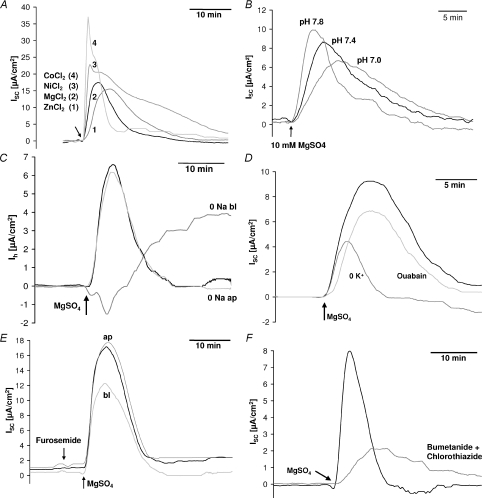Figure 4. Divalent cation-induced transcellular current: cation contribution.
A, comparison of current responses to a basolateral application of 100 μm ZnCl2, 10 mm MgCl2, 100 μm NiCl2 and 100 μm CoCl2, respectively, to wt claudin-16-transfected cell layers. B, the current response (elicited by the application of 10 mm MgSO4, short wt claudin-16-transfected cells) was strongly dependent on the extracellular pH. C, reduction of Na+ to nominally 0 mm on the basolateral side inhibited the divalent cation-induced current (10 mm MgSO4). D, reduction of K+ to nominally 0 mm on the basolateral side partially inhibited the divalent cation-induced current (10 mm MgSO4). This was not due to an inhibition of the Na+/K+ pump, as preincubation with 400 μm ouabain had only small effects. E, the divalent cation-induced current (10 mm MgSO4) was partially blocked by an application of 200 μm furosemide to the basolateral but not to the apical side. F, a combined application of 100 μm bumetanide and 100 μm chlorothiazide almost completely blocked the divalent cation-induced current (10 mm MgSO4). ISC, short circuit current. Ih, holding current necessary to clamp the transepithelial potential to 0 mV in the presence of an ion gradient across the cell layer.

